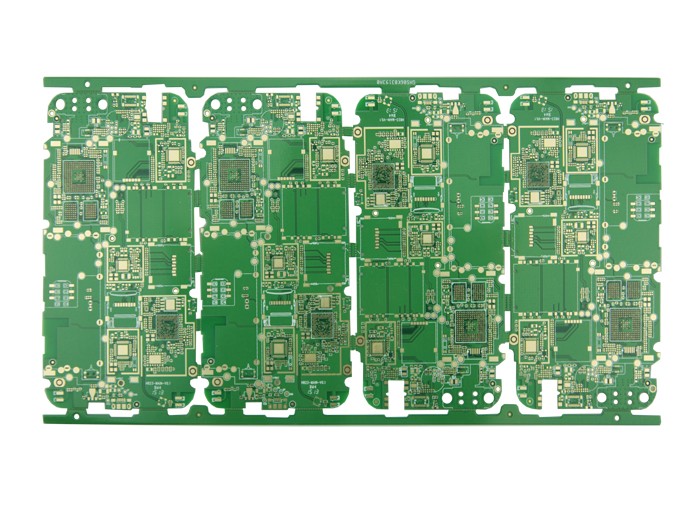In the production of many circuit board factories, electroless copper wire has been automated. Let's learn about other operations after plating.
At this point, the deposition process of electroless copper plating has been basically completed, but before any other major processes, several treatments must be carried out on the processing board, which can be regarded as part of the electroless copper wire;

1. Dry
Although this may seem meaningless at first glance, thorough drying is necessary. Especially when the electroless copper wire reaches 10 microinches, the residual moisture will greatly accelerate the oxidation of the thin electroless copper layer. The final result will make the copper layer unusable. An oxidized processing board also makes any inspection of the quality of the graphic transfer very difficult. The drying operation can be realized by any conveyor belt dryer available from the market. Another way is to leave it on the hanger after the final flushing, immerse the processing PCB board in the replacement water liquid for a few minutes, and then immerse it in the trichloroethylene or trichloroethane vapor degreaser. These two methods of drying the processed plates are very effective and are especially suitable for mass production.
2. Mechanical scrubbing
Mechanical scrubbing has been widely used in the printed circuit industry in the past few years. Its function is to pre-treat the surface of the processing board to facilitate subsequent graphic transfer and electroplating. Wipe with a wet nylon brush moistened with abrasives, and a conveyor belt dryer can be installed in the wiper. A substrate that has been properly scrubbed shows a uniform surface, on which the graphics can be transferred, which can actually reduce the amount of revision required. It must be noted that in the actual scrubbing, the copper layer plated on the copper clad laminate will be eliminated. After the pattern transfer process, the cathode cleaning process before electroplating will make the subsequent etching process extremely important.
3. Flash plating of the whole board
In many circuit board factories, this has become a standard operation: immediately after electroless copper plating, a thin layer of copper (thickness of a few hundredths of a microinch) is electroplated. It must be remembered that this additional operation requires that the processing board be hung on the hanger again. The purpose of flash plating is twofold: one is to extend the storage time. Second, because the inside of the hole is sometimes oxidized, flash plating can ensure the perfect inside of the hole. If a slight etching is required as part of the cleaning process before copper electroplating, flash plating can also be used, which can ensure that there are no voids in the hole after the slight etching. This flash plating process will be discussed further in the section on copper electroplating.
In order to improve the understanding of electroless copper wire, it is necessary to have a relevant understanding of the operations involved.